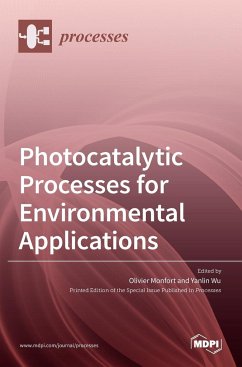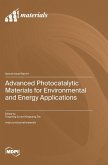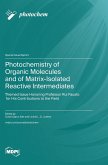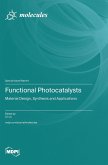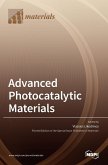This Special Issue on "Photocatalytic Processes for Environmental Applications" offers an overview of the different photochemical processes (photocatalysis, photo-Fenton, and photolysis) triggered by different inorganic compounds that can be used for environmental applications, including water treatments.Photocatalytic mechanisms are based on the generation of electron/hole (e¿/h+) pairs under suitable irradiation (h¿ > Eg). For water treatment, these charge carriers can form reactive oxygen species (ROS), such as hydroxyl and superoxide anion radicals, that degrade aqueous organic pollutants efficiently. In this Special Issue, different heterogeneous photocatalysts, including TiO2, CdS, CoFe2O4 and vanadium-based oxides, are discussed regarding their efficiency in the degradation of organic pollutants in water. In addition, some of these photocatalysts are composed of chemical elements that are active in Fenton-based processes, thus exhibiting enhanced degradation extents. In addition to the use of materials in water treatments, homogeneous systems, including Fe(III)-EDDS photo-Fenton and H2O2 photolysis, are also discussed to provide further possibilities for photochemically-assisted water treatments. Another interesting method related to the efficient treatment of water is the use of photoelectrochemical (PEC) systems, where the WO3 photoanode can produce H2O2, which can be subsequently used as a reactant in photocatalysis, photo-Fenton and photolysis systems.
Hinweis: Dieser Artikel kann nur an eine deutsche Lieferadresse ausgeliefert werden.
Hinweis: Dieser Artikel kann nur an eine deutsche Lieferadresse ausgeliefert werden.

